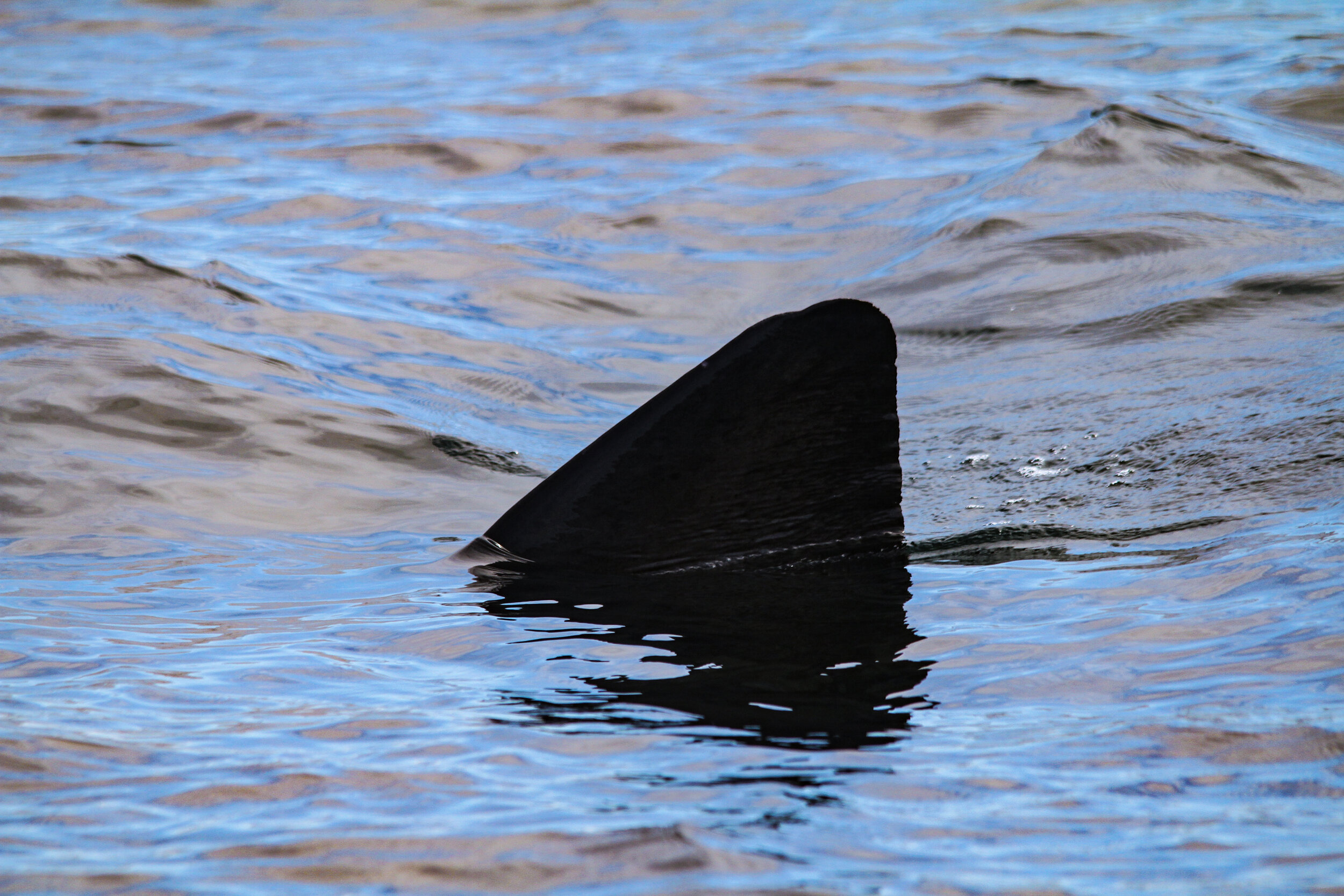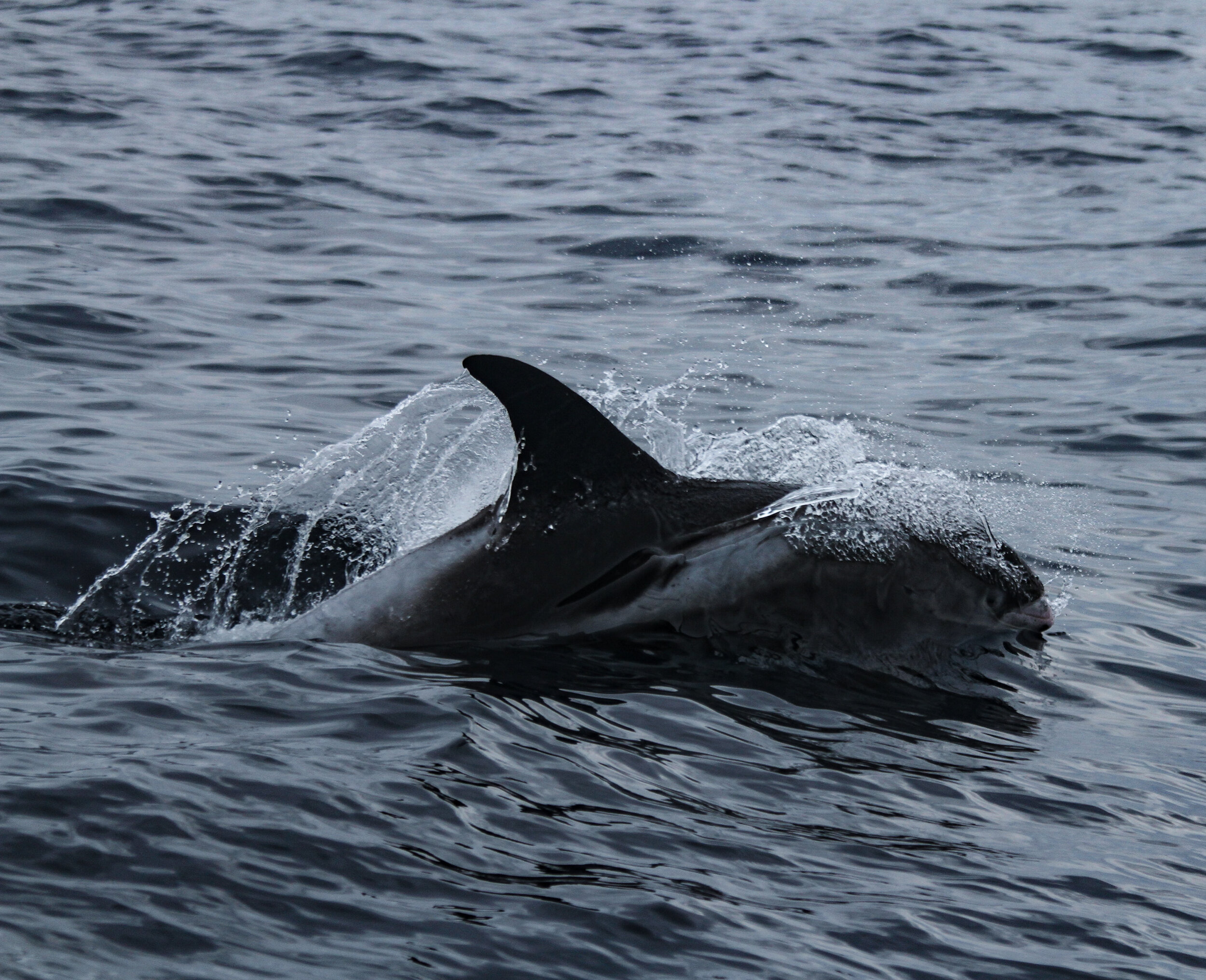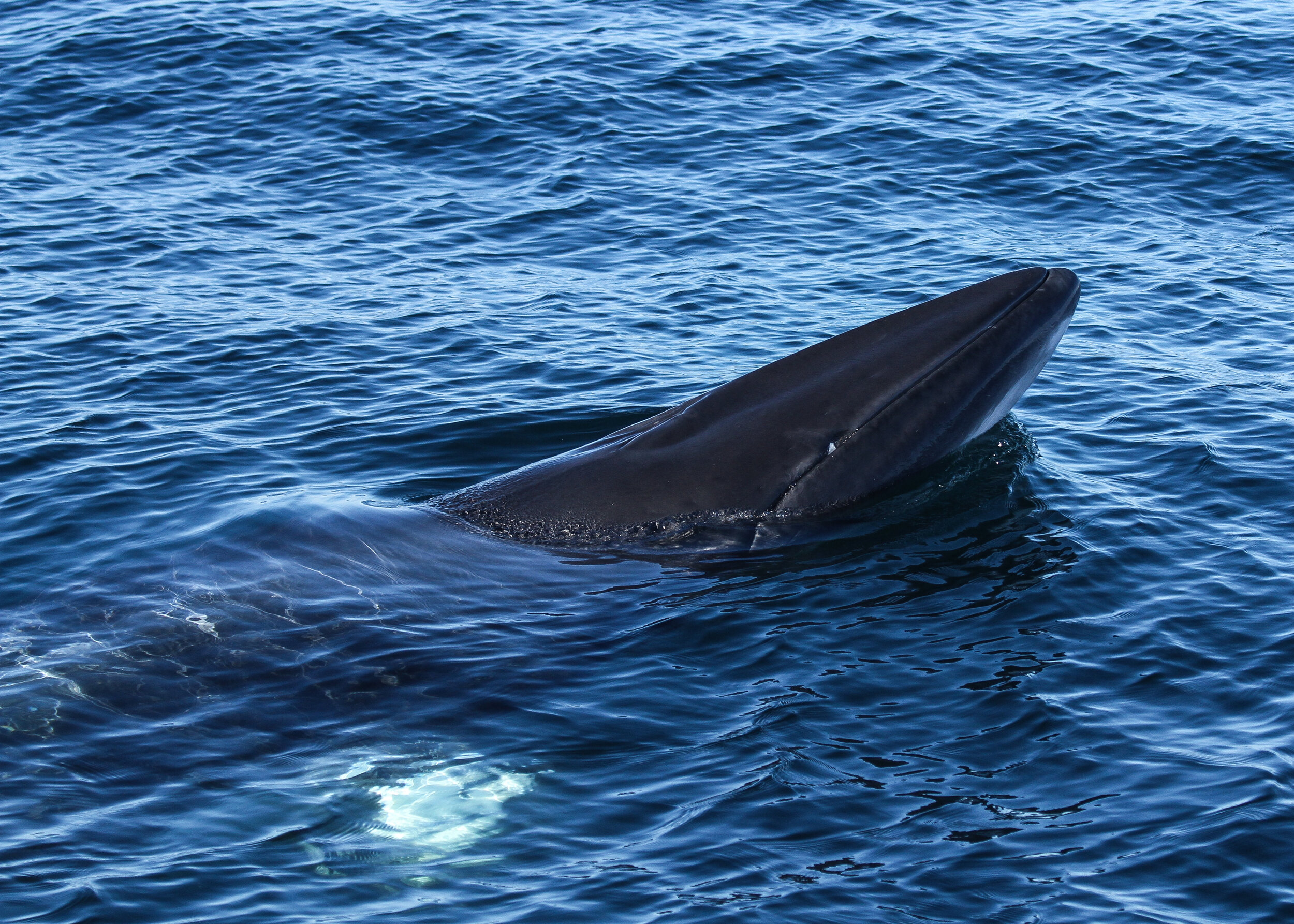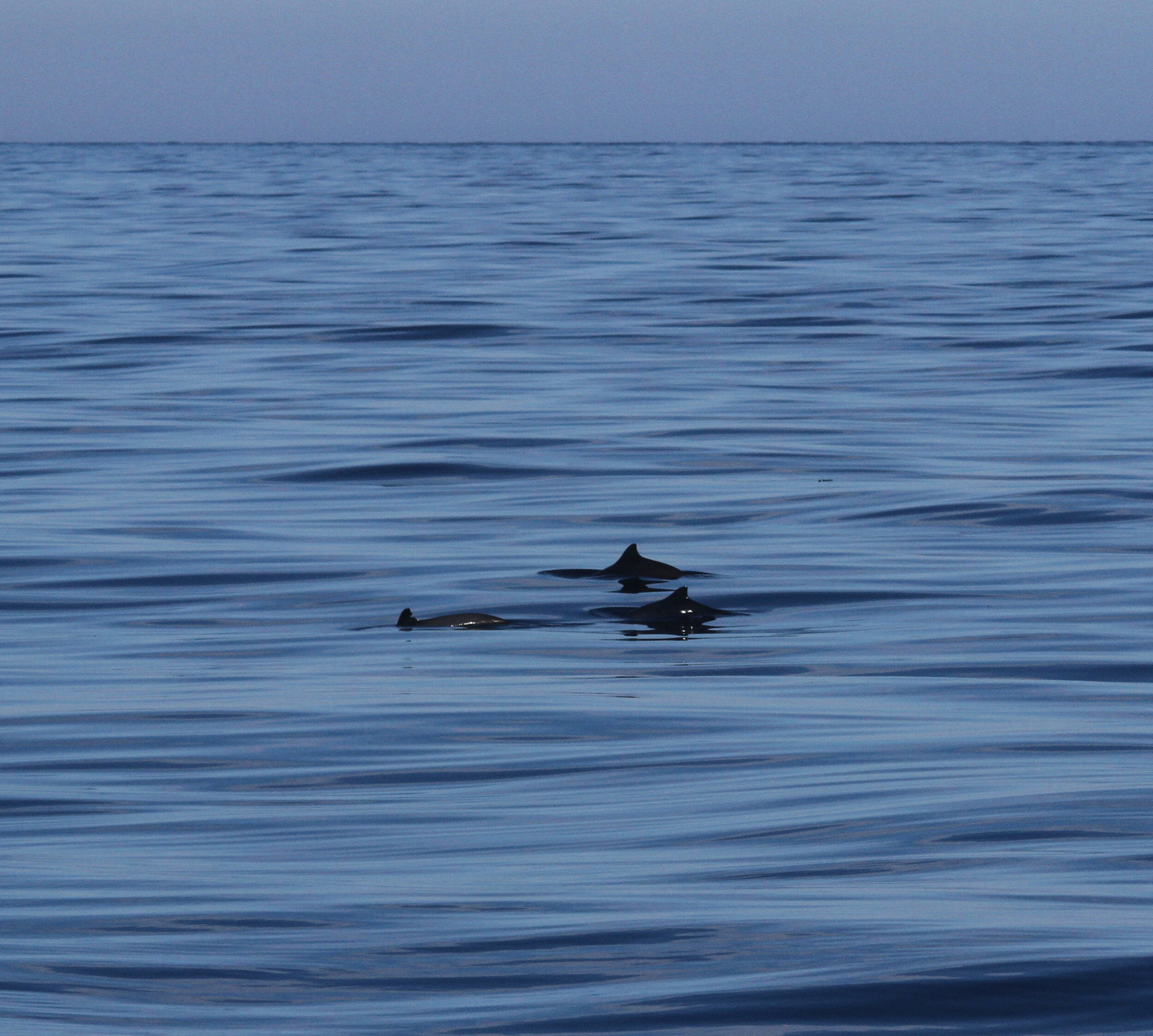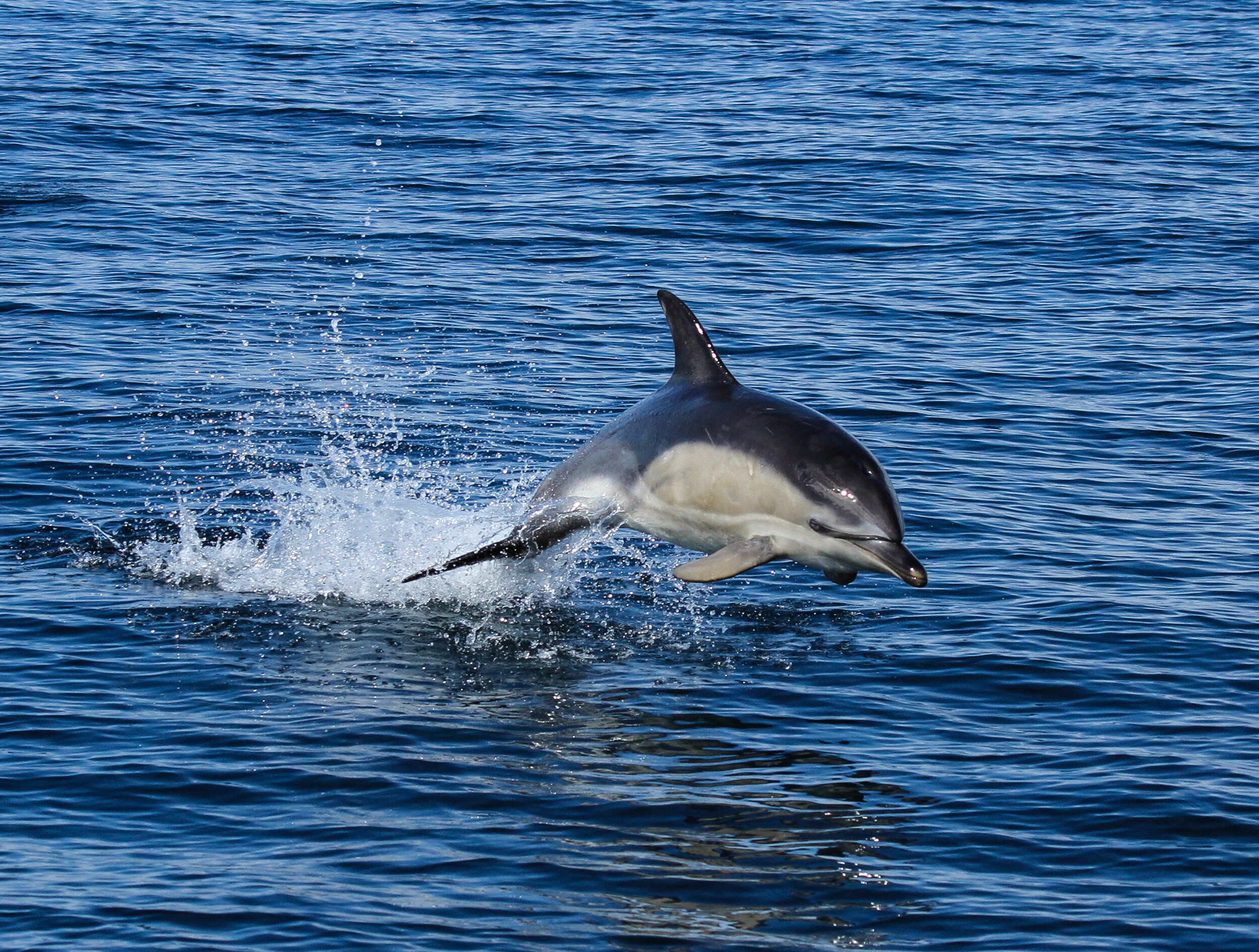Silurian surveys the Hebridean seas once more!
THANKS TO CONTRIBUTIONS FROM MEMBERS OF THE PUBLIC SILURIAN IS BACK OUT ON THE WATER COLLECTING DATA ON THE WHALES, DOLPHINS, AND PORPOISES IN OUR SEAS
The scientific community has been heavily affected by the global pandemic, with fieldwork all over the world forced to stop or be delayed this year. It was no different here at the Hebridean Whale and Dolphin Trust. For the first time since 2002, our research vessel, Silurian, remained on her mooring after we made the difficult decision to cancel all research expeditions in 2020. However, facing the biggest data gap in our history, the team began to explore other options. In line with the easing of government restrictions, we determined that we would be able to safely run acoustic surveys with just the crew on board.
Acoustic data collection is a huge part of our Cetacean Research Programme and is an accurate and consistent way of recording whales, dolphins, and porpoises – collectively known as cetaceans. Since first recording cetaceans way back 2002, we have compiled over 6000 hours of underwater recordings. That is equivalent to listening to Spotify for 12 hours a day for 500 days! Getting back out on the water and continuing to collect acoustic data will therefore help to fill the data gap we are experiencing.
Due to a MASSIVE effort from over 250 supporters via our crowdfunder campaign, we were able to raise enough money to run these surveys, alongside support from Scottish National Heritage (NatureScot) and the National Lottery Heritage Fund.
SO ON A SUNNY MORNING ON THE 8TH AUGUST, SILURIAN SLIPPED HER MOORING AND SAILED OUT TO SEA ONCE MORE!
During the survey, we towed a hydrophone, which acts as an underwater microphone, continually recording sounds below the surface. We also slowed the boat every 15 minutes to listen to the underwater soundscape. The sounds we hear and record can be natural like dolphin whistles, or unnatural, such as ship noise and sonar. We also run an acoustic program to record clicks produced by harbour porpoise.
It was an incredible first day at sea as we were greeted with calm seas and blazing sunshine. The afternoon was action-packed with several basking shark sightings and groups of common dolphins swimming by. The most exciting encounter of the day though was a very curious minke whale, the first of the year for all of us on board, and what a first sighting it was! The juvenile whale spent time ‘investigating’ the vessel, swimming underneath us and turning onto their back, giving us a glimpse of the throat grooves used to expand their mouths when feeding!
The next day we sailed north, anchoring at Canna, before crossing the Sea of the Hebrides and reaching the Outer Isles. The weather gods were still with us, so we set our alarms for the crack of dawn, ready to venture south to Stanton Banks. We were able to cover an impressive 89.5 nautical miles the next day, encountering common dolphins, white-beaked dolphins, minke whales, harbour porpoise, and basking sharks along the way!
After noticing some mechanical issues, we decided to get the gearbox checked and made a quick detour to Luing the following day. Only by running the vessel, could we have identified and fixed a problem like this. Another important reason why we needed to get Silurian back on the water! After Silurian was ‘ship shape’, we made our way back across the Sea of the Hebrides, before zigzagging north and reaching the Shiant Islands. The final few days were spent sailing back south towards Tobermory, covering as much ground as possible and encountering hundreds of common dolphins along the way!
In total we covered an impressive 636.8 nautical miles (nm), averaging 57 nm a day! Most importantly we collected over 105 hours of underwater recordings. On our 15 minute ‘listening stations’, we heard dolphin whistles over 17% of the time and ship noise just 4%. We also recorded 194 harbour porpoise, with over 1300 individual clicks.
Tracklines showing where Silurian travelled on our first acoustic survey
We really missed the eagle eyes of our volunteers during the survey! Although we weren’t able to collect visual data in our usual way, we still recorded a whopping 241 sightings. We encountered four species of cetacean, as well as basking sharks and grey and common seals. Common dolphins stole the show, with 43 sightings of over 900 individuals!!







